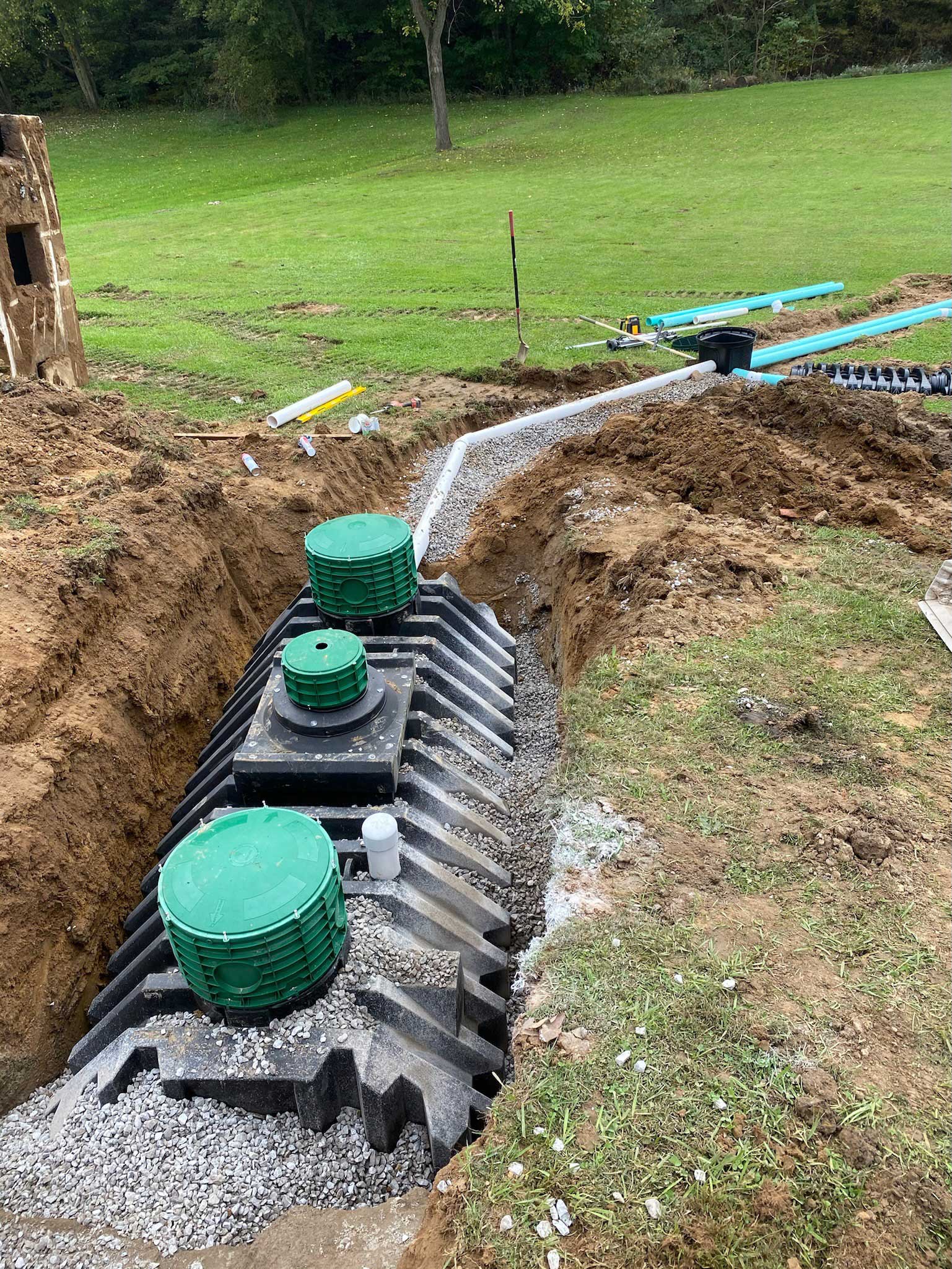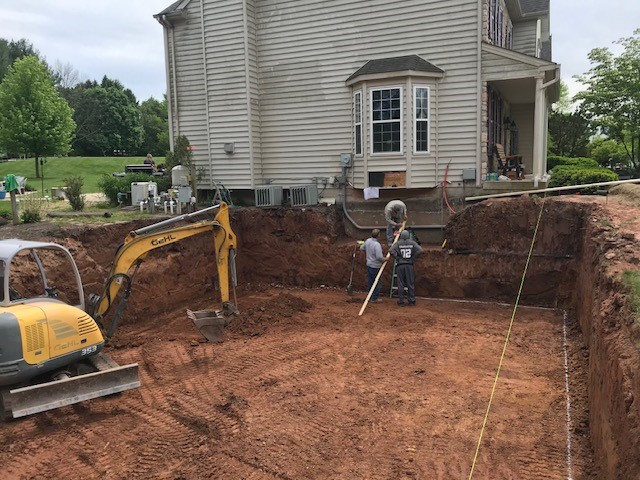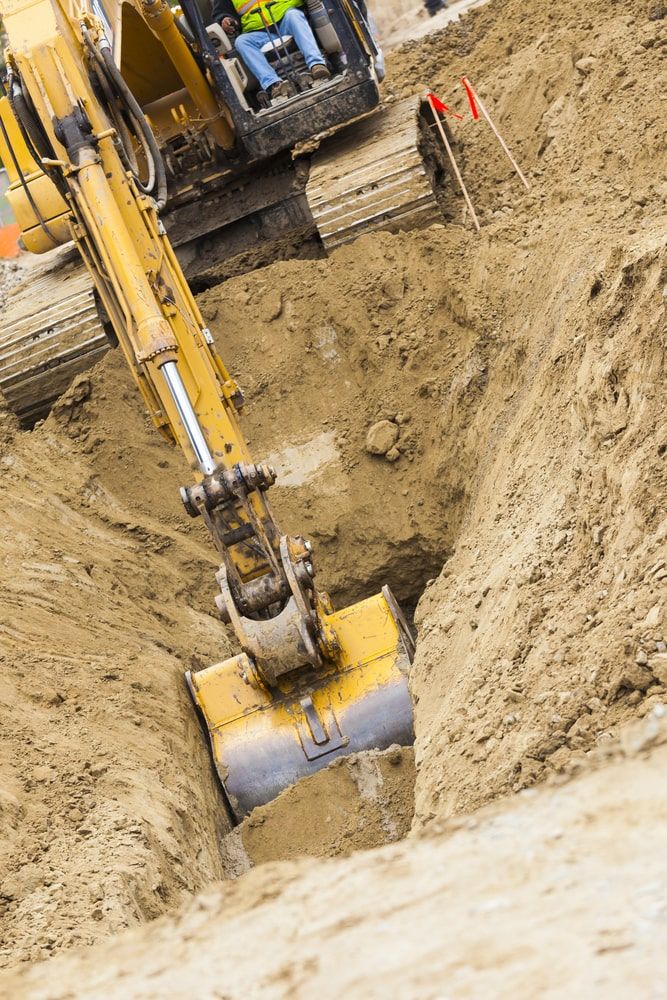Introducing the Art of Excavation: Pro Tips for Safe and Effective Excavating
In the world of excavation, the mastery of risk-free and efficient digging is an art form that requires accuracy, expertise, and adherence to well-known methods. As soil is turned and planet is relocated, the details of excavation expose themselves, demanding an eager understanding of tools, soil composition, safety protocols, and ecological considerations. The experience required to navigate these components successfully can indicate the difference in between an effective excavation project and a potential disaster. By untangling the layers of this complex process, a globe of insights and strategies awaits those looking for to raise their excavation skills to brand-new heights.
Importance of Proper Tools
To make sure the safety and effectiveness of any kind of excavation project, making use of the suitable tools is paramount. The right devices not only boost performance yet likewise mitigate risks linked with excavating. Excavation jobs differ in extent and complexity, ranging from tiny household landscape design jobs to large-scale building and construction tasks. No matter the project size, having the appropriate devices can make a substantial difference in the result.
These flexible devices come in various dimensions to fit different task needs. Tiny excavators are optimal for smaller jobs, while bigger excavators tackle much more substantial tasks efficiently.
Apart from excavators, various other important devices includes dump trenchers, excavators, and trucks. Dump trucks are essential for getting rid of and transferring excavated materials, while trenchers are made use of for digging slim and deep trenches. Excavators master jobs that call for pushing huge quantities of dirt or particles. By buying the ideal equipment, excavation jobs can be finished securely, promptly, and with accuracy.
Understanding Dirt Make-up
An extensive grasp of dirt make-up is fundamental for carrying out excavation tasks with precision and security. Recognizing the different sorts of dirt is crucial as it directly influences excavation methods, devices choice, and total task efficiency. Soil structure commonly includes four primary parts: sand, silt, clay, and natural issue. Each component has unique residential or commercial properties that influence just how soil reacts to excavation procedures.
Sand fragments are the biggest and provide good drainage yet provide little communication. Silt bits are smaller than sand however larger than clay, providing moderate drainage and communication. Clay fragments are the tiniest and supply high cohesion but poor water drainage. Raw material, such as rotting plant material, affects dirt fertility and security.
Prior to beginning excavation, carrying out soil examinations to identify its composition and characteristics is necessary. This info helps in picking the proper equipment, implementing precaution, and developing excavation strategies customized to the particular dirt problems - dump truck companies in ohio. By comprehending soil make-up, excavation specialists can improve job outcomes while ensuring security and adherence to finest methods
Precaution and Procedures
Comprehending dirt composition is the keystone upon which security procedures and procedures for excavation tasks are developed, making sure the well-being of workers and the success of the undertaking. When it involves security throughout excavation, there are numerous essential steps that should be implemented to mitigate risks and protect against crashes.
Most importantly, prior to any kind of excavating begins, an extensive inspection of the site should be performed to determine any type of prospective threats such as below ground utilities, unstable dirt conditions, or nearby frameworks that might pose a threat. It is vital to have an experienced individual oversee the excavation procedure to make certain that all safety and security protocols are followed strictly.
Moreover, all employees entailed in the excavation should be effectively learnt safe excavating techniques and the proper operation of devices. Individual safety equipment (PPE) such as hard hats, high exposure garments, handwear covers, and safety boots ought to be used in all times to minimize the risk of injuries. lancaster excavation. Regular security meetings and toolbox talks must additionally be performed to maintain all workers notified regarding prospective dangers and strengthen secure work practices. By adhering to these safety measures and protocols, excavation projects can be finished successfully and without incident.
Effective Excavation Planning
When starting an excavation job, other precise planning is important to guarantee efficiency, safety, and effective results. Efficient excavation planning entails a number of essential steps that are crucial for the smooth implementation of the task. The primary step is to perform a thorough website evaluation to determine any potential dangers, such best site as underground energies or unsteady soil problems. This info is vital for creating an in-depth excavation plan that consists of precaution and risk reduction methods.
As soon as the site analysis is complete, the next action is to create a clear timeline and routine for the excavation tasks. This consists of figuring out the series of tasks, devices needs, and manpower allotment. Correct scheduling helps prevent hold-ups and ensures that the job remains on track.

Additionally, interaction amongst all staff member is paramount during the planning phase. Clear regulations, normal updates, and reliable control are important for a successful excavation job. By investing effort and time in thorough planning, excavation groups can substantially boost productivity, minimize risks, and achieve successful outcomes.

Handling Environmental Factors To Consider
With boosting emphasis on ecological sustainability in building practices, taking care of environmental factors to consider has become a crucial aspect of excavation tasks. Excavation activities have the possible to affect the surrounding environment with dirt erosion, debris overflow, environment interruption, and contamination of water resources. To alleviate these risks, it is vital to carry out ideal methods that focus on environmental protection.

Furthermore, proper waste management is essential to avoid soil and water contamination. Implementing treatments for the disposal of unsafe products, recycling of waste products, and decreasing using harmful chemicals can significantly reduce the ecological influence of excavation jobs. By integrating these methods into excavation preparation and implementation, building and construction business can make sure that their jobs are not only secure and effective however likewise environmentally responsible.
Verdict
To conclude, grasping the art of excavation needs a comprehensive understanding of proper tools, dirt structure, security steps, and this contact form reliable planning. By adhering to these standards and thinking about environmental variables, excavations can be performed safely and successfully. It is vital to prioritize safety and efficiency in every digging task to make sure successful end results.
As soil is transformed and earth is relocated, the ins and outs of excavation reveal themselves, requiring a keen understanding of tools, soil structure, safety procedures, and environmental considerations.To ensure the security and efficiency of any type of excavation project, using the appropriate devices is paramount.A detailed understanding of soil make-up is basic for implementing excavation jobs with precision and security. Understanding the different kinds of soil is vital as it directly impacts excavation techniques, tools selection, and general task efficiency. By comprehending dirt make-up, excavation professionals can improve task end results while guaranteeing safety and security and adherence to ideal practices.